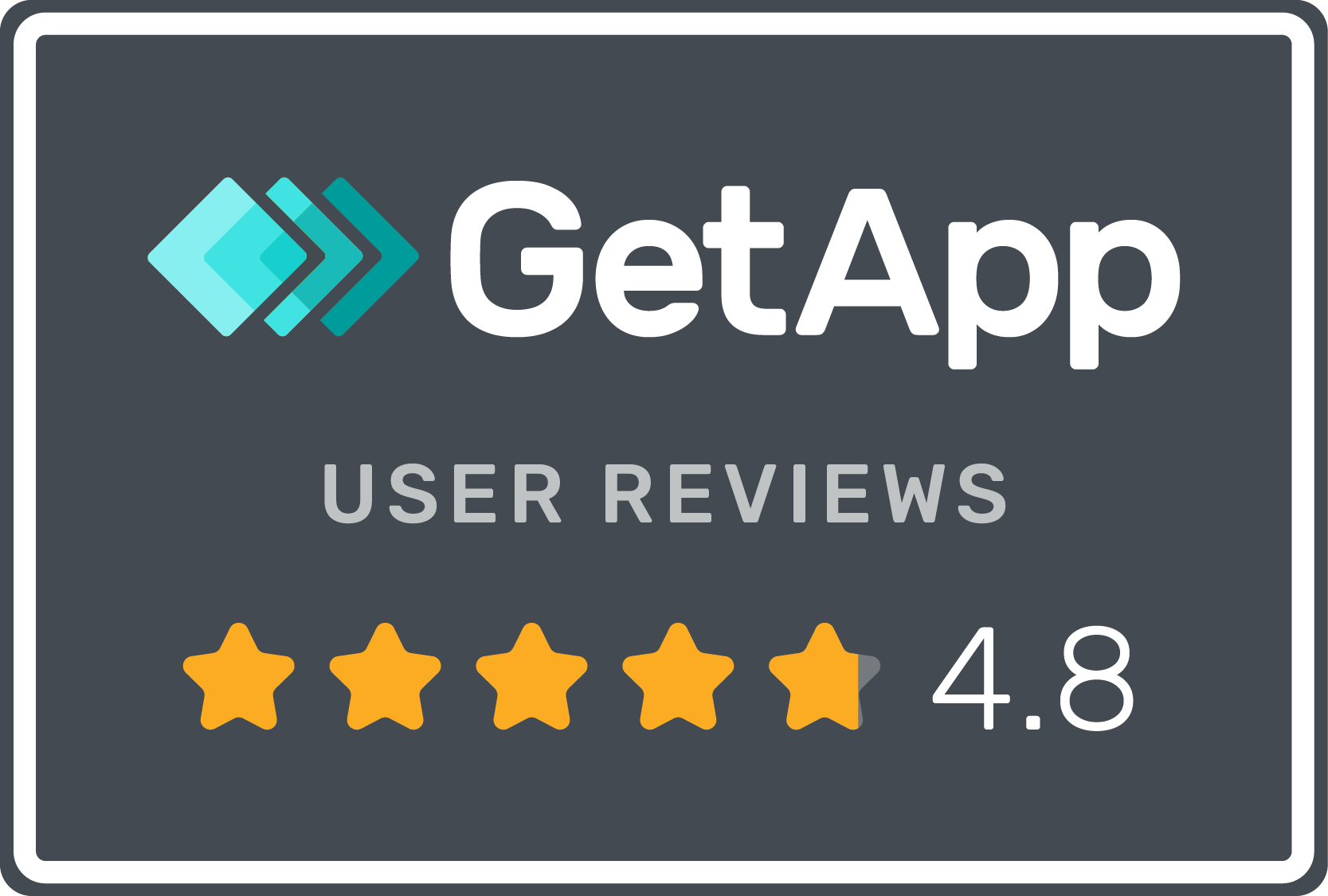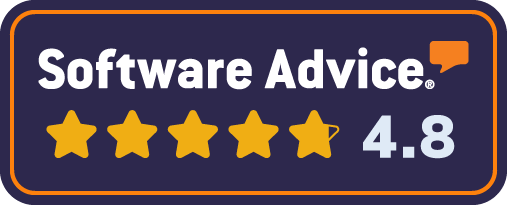The Honest Guide to Digital Asset Management vs Brand Asset Management Software
In the world of digital content, understanding the difference between Digital Asset Management (DAM) and Brand Asset Management (BAM) software is crucial for businesses aiming to efficiently manage their digital assets.
While these two types of software share some similarities, they cater to distinct needs. This blog post aims to provide an honest, clear differentiation to help you decide which is best suited for your business.
1. Core Focus and Functionality
DAM software is designed to store, organize, and share a wide range of digital assets, including images, videos, documents, and more. It’s a generalist tool that suits various industries and purposes. In contrast, BAM software focuses specifically on managing brand assets like logos, brand guidelines, marketing materials, and other brand-specific content. BAM is a subset of DAM, specialized for brand-focused tasks.
2. User Interface and Experience
BAM software often prioritizes user experience, reflecting the brand’s identity within the software itself. It’s tailored to ensure consistency in brand presentation. DAM software, while user-friendly, is more utilitarian in design, focusing on functionality and efficiency across a broader range of asset types.
3. Integration and Customization
Both DAM and BAM software offer integration capabilities with other business tools, but BAM solutions may offer more specialized integrations relevant to marketing and brand management tools. Customization is also a key aspect, where BAM systems might provide more brand-specific customization options compared to DAM systems.
4. Asset Control and Compliance
BAM software typically includes features to maintain brand consistency and compliance, such as approval workflows and version control tailored for brand assets. DAM systems also offer these features but in a more generalized form, suitable for a broader range of assets.
5. Target Audience
DAM systems are ideal for organizations needing a comprehensive solution for managing various types of digital assets. BAM systems, on the other hand, are best suited for businesses that prioritize brand consistency and require a tool specifically for managing brand-related assets.
6. Hybrid Systems
There are some solutions that are both DAM and BAM software at the same time. Featuring the common DAM features and able to handle all the common digital file types plus BAM features like Brand Guidelines, Rights Management, User Licencing and other brand specific features. Brandkit is one example of this hybrid approach.
7. Cost Implications
The cost of both DAM and BAM software varies based on features, scalability, and customization. Generally, BAM solutions might be more expensive due to their specialized nature, but this can lead to greater value for businesses focused on brand management.
In conclusion, the choice between DAM and BAM software depends on your business’s specific needs. If you just need a way to manage large numbers of a variety of files types internally a generic DAM might be sufficient, but if you are sharing digital content which includes brand assets and other branded content to a wider and often external audience, a BAM offers more brand consistency and guidance for users on their proper use of your content.
The Honest Guide to Digital Asset Management vs Brand Asset Management Software
Understanding the difference between Digital Asset Management (DAM) and Brand Asset Management (BAM) software is crucial for businesses success.


